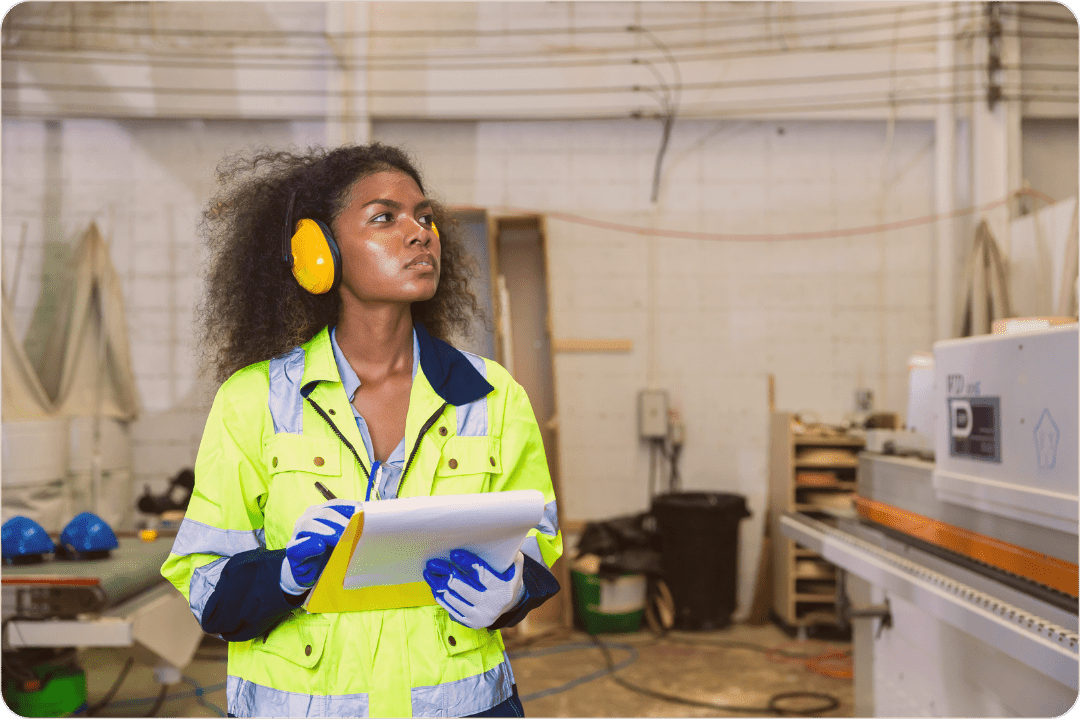New York is home to a wide variety of lone worker roles, from home healthcare professionals in Manhattan to maintenance staff in rural upstate counties. Whether operating in densely populated urban centers or remote regions, these workers face heightened risks due to their isolation. Employers must take these risks seriously and ensure proper measures are in place to protect employees working without direct supervision.
New York operates a state OSHA-approved plan that covers only public-sector employees—meaning state and local government workers fall under the jurisdiction of the New York Public Employee Safety and Health (PESH) Bureau, while private-sector workers are regulated by federal OSHA. It’s important for employers to understand which system applies to their workforce in order to meet their legal obligations.
On This Page
Our Guide To Lone Worker Safety Policy And Legislation In New York
Because New York runs a partial OSHA-approved plan, the responsibilities for lone worker safety are split: PESH oversees occupational health and safety for government entities, and federal OSHA regulates all private-sector workplaces. Neither body has a specific standard dedicated exclusively to lone workers, but employers are still required to eliminate or control known hazards under the General Duty Clause and related safety standards.
The New York State Department of Labor (NYSDOL) works alongside PESH to support compliance efforts and provide resources, training, and enforcement for public employers. For private businesses, the U.S. Department of Labor's OSHA regional office is the go-to authority.
How New York Defines A Lone Worker
Neither PESH nor OSHA provides a formal definition of a “lone worker,” but the term generally applies to anyone working without direct supervision or immediate access to help in the event of an emergency. This includes workers in roles where they are physically isolated or simply working in off-hours with no nearby support.
Common lone worker scenarios in New York include:
- Home healthcare aides and visiting nurses
- Social service workers and child welfare officers
- Custodial and maintenance personnel during night shifts
- Security guards at unmanned sites
- Delivery drivers and field technicians/li>
- Public utility or sanitation employees working alone in the field
Understanding the scope of lone work is essential for creating targeted safety protocols.
Employing A Lone Worker In New York
Employers in both the public and private sectors must take proactive steps to identify risks and implement safeguards for employees working alone. This includes evaluating job tasks, working conditions, time of day, and geographic location. Because lone workers are less likely to receive immediate assistance in an emergency, planning for worst-case scenarios is critical.
Best practices for employers include:
- Conducting Risk Assessments: Identify the unique hazards lone workers face in specific roles.
- Establishing Emergency Protocols: Ensure workers know what to do and who to contact in a crisis.
- Monitoring Systems: Use check-in schedules, automated alerts, or GPS-based safety apps.
- Employee Training: Provide instruction on personal safety, communication devices, and hazard recognition.
- Incident Response Planning: Make sure supervisors are equipped to act quickly if a lone worker signals distress.
By adopting these strategies, employers in New York can demonstrate a strong commitment to worker safety and ensure compliance with state and federal expectations for hazard mitigation, even in the absence of lone worker-specific legislation.
Learn How You Can Protect Your Employees With Loneworker.com
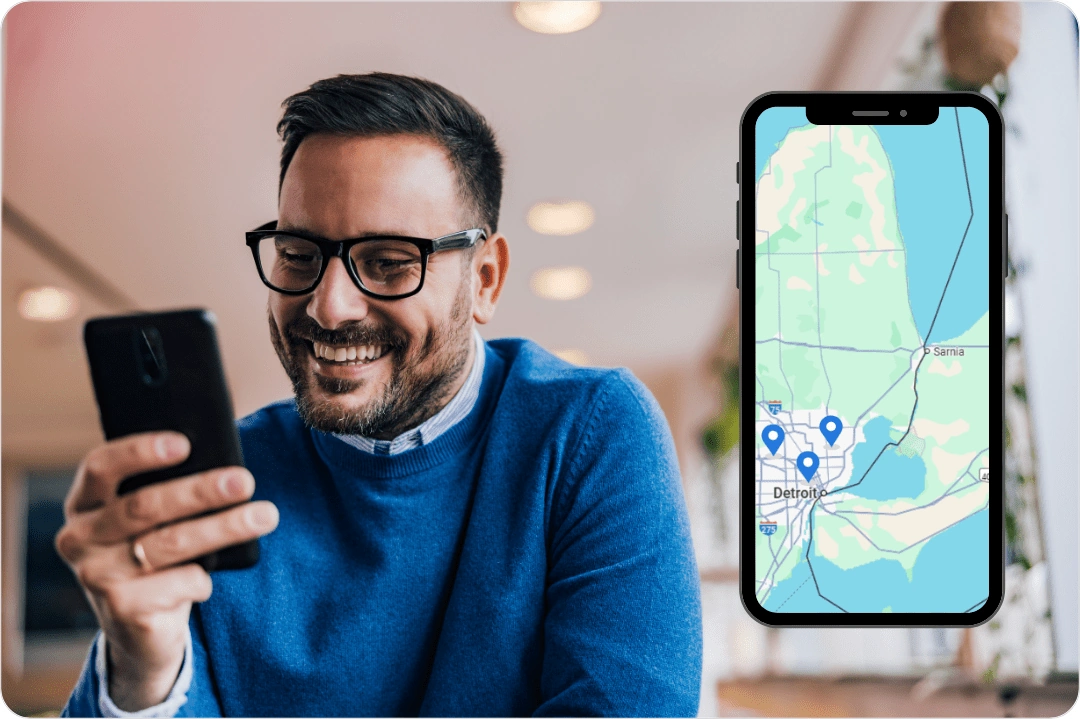
With Loneworker.com you can be equipped with the knowledge and the means to protect your employees and protect your business. Contact us today to learn more about how Loneworker.com can protect you and your employees.
How The Safe Lone Worker App Can Protect New York Lone Workers And Employers
The Safe Lone Worker app is a practical solution for organizations looking to protect employees working in isolation. Equipped with features like real-time GPS tracking, panic buttons, fall detection, and automated check-ins, it helps bridge the communication gap between lone workers and their employers.
Whether managing a healthcare team in the Bronx or utility workers upstate, employers can use the Safe Lone Worker app to ensure employees are safe and accounted for—while also demonstrating compliance with PESH or OSHA standards.
New York Lone Worker Policies
New York enforces occupational safety and health protections through a partial OSHA state plan. The Public Employee Safety and Health (PESH) Bureau, under the New York Department of Labor, covers only state and local government employees. All private-sector workplaces are governed by federal OSHA standards. Neither program has a lone worker-specific rule, but employers are required to address risks under general safety obligations.
This article is intended as general information and should not be used in place of legal advice or formal regulatory consultation.
New York Lone Worker Resources
OHS Contact Centre
- 1-866-415-8690
CDC / NIOSH
- 800-232-4636
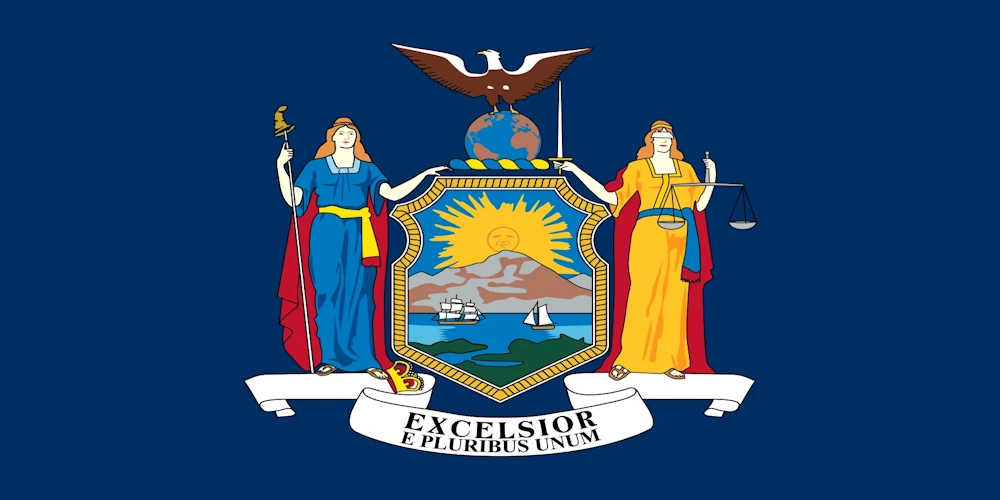
Affordable Monitoring For Lone Workers In New York
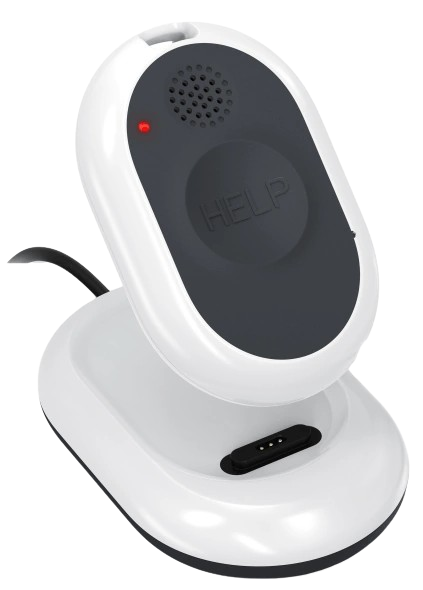
-
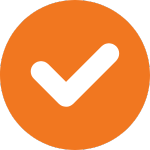 Monitoring Your Employees' Safety
Monitoring Your Employees' Safety
-
 GPS Tracking And Monitoring
GPS Tracking And Monitoring
-
 Man Down Panic Alerts
Man Down Panic Alerts
-
 24/7 Protection Anywhere
24/7 Protection Anywhere
Lone Worker Legislation
Lone Worker Safety Policies And Legislation By State
-
 Alabama State Safety Policies And Legislation
Alabama State Safety Policies And Legislation
-
 Alaska State Safety Policies And Legislation
Alaska State Safety Policies And Legislation
-
 Arizona State Safety Policies And Legislation
Arizona State Safety Policies And Legislation
-
 Arkansas State Safety Policies And Legislation
Arkansas State Safety Policies And Legislation
-
 California State Safety Policies And Legislation
California State Safety Policies And Legislation
-
 Colorado State Safety Policies And Legislation
Colorado State Safety Policies And Legislation
-
 Connecticut State Safety Policies And Legislation
Connecticut State Safety Policies And Legislation
-
 Delaware State Safety Policies And Legislation
Delaware State Safety Policies And Legislation
-
 Florida State Safety Policies And Legislation
Florida State Safety Policies And Legislation
-
 Georgia State Safety Policies And Legislation
Georgia State Safety Policies And Legislation
-
 Hawaii State Safety Policies And Legislation
Hawaii State Safety Policies And Legislation
-
 Idaho State Safety Policies And Legislation
Idaho State Safety Policies And Legislation
-
 Illinois State Safety Policies And Legislation
Illinois State Safety Policies And Legislation
-
 Indiana State Safety Policies And Legislation
Indiana State Safety Policies And Legislation
-
 Iowa State Safety Policies And Legislation
Iowa State Safety Policies And Legislation
-
 Kansas State Safety Policies And Legislation
Kansas State Safety Policies And Legislation
-
 Kentucky State Safety Policies And Legislation
Kentucky State Safety Policies And Legislation
-
 Louisiana State Safety Policies And Legislation
Louisiana State Safety Policies And Legislation
-
 Maine State Safety Policies And Legislation
Maine State Safety Policies And Legislation
-
 Maryland State Safety Policies And Legislation
Maryland State Safety Policies And Legislation
-
 Massachusetts State Safety Policies And Legislation
Massachusetts State Safety Policies And Legislation
-
 Michigan State Safety Policies And Legislation
Michigan State Safety Policies And Legislation
-
 Minnesota State Safety Policies And Legislation
Minnesota State Safety Policies And Legislation
-
 Mississippi State Safety Policies And Legislation
Mississippi State Safety Policies And Legislation
-
 Missouri State Safety Policies And Legislation
Missouri State Safety Policies And Legislation
-
 Montana State Safety Policies And Legislation
Montana State Safety Policies And Legislation
-
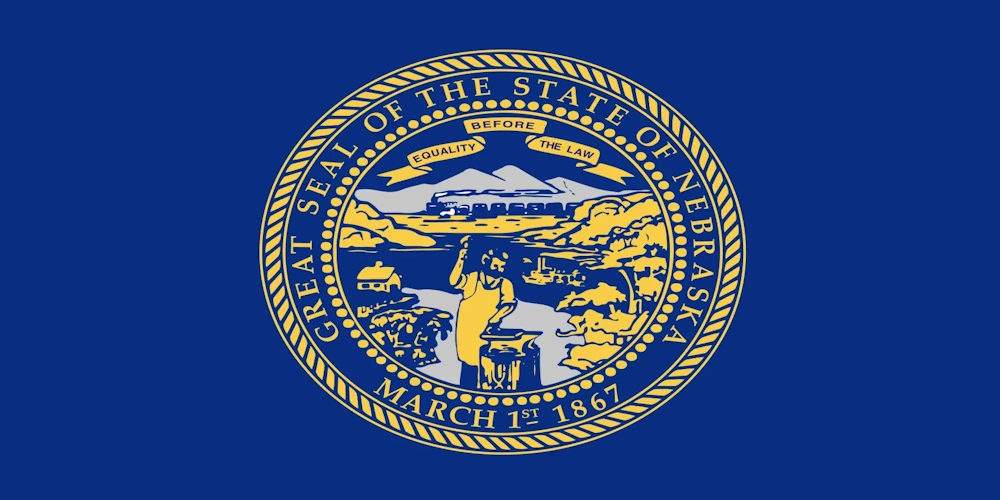 Nebraska State Safety Policies And Legislation
Nebraska State Safety Policies And Legislation
-
 Nevada State Safety Policies And Legislation
Nevada State Safety Policies And Legislation
-
 New Hampshire State Safety Policies And Legislation
New Hampshire State Safety Policies And Legislation
-
 New Jersey State Safety Policies And Legislation
New Jersey State Safety Policies And Legislation
-
 New Mexico State Safety Policies And Legislation
New Mexico State Safety Policies And Legislation
-
 New York State Safety Policies And Legislation
New York State Safety Policies And Legislation
-
 North Carolina State Safety Policies And Legislation
North Carolina State Safety Policies And Legislation
-
 North Dakota State Safety Policies And Legislation
North Dakota State Safety Policies And Legislation
-
 Ohio State Safety Policies And Legislation
Ohio State Safety Policies And Legislation
-
 Oklahoma State Safety Policies And Legislation
Oklahoma State Safety Policies And Legislation
-
 Oregon State Safety Policies And Legislation
Oregon State Safety Policies And Legislation
-
 Pennsylvania State Safety Policies And Legislation
Pennsylvania State Safety Policies And Legislation
-
 Rhode Island State Safety Policies And Legislation
Rhode Island State Safety Policies And Legislation
-
 South Carolina State Safety Policies And Legislation
South Carolina State Safety Policies And Legislation
-
 South Dakota State Safety Policies And Legislation
South Dakota State Safety Policies And Legislation
-
 Tennessee State Safety Policies And Legislation
Tennessee State Safety Policies And Legislation
-
 Texas State Safety Policies And Legislation
Texas State Safety Policies And Legislation
-
 Utah State Safety Policies And Legislation
Utah State Safety Policies And Legislation
-
 Vermont State Safety Policies And Legislation
Vermont State Safety Policies And Legislation
-
 Virginia State Safety Policies And Legislation
Virginia State Safety Policies And Legislation
-
 Washington State Safety Policies And Legislation
Washington State Safety Policies And Legislation
-
 West Virginia State Safety Policies And Legislation
West Virginia State Safety Policies And Legislation
-
 Wisconsin State Safety Policies And Legislation
Wisconsin State Safety Policies And Legislation
-
 Wyoming State Safety Policies And Legislation
Wyoming State Safety Policies And Legislation
-
 American Samoa State Safety Policies And Legislation
American Samoa State Safety Policies And Legislation
-
 Guam State Safety Policies And Legislation
Guam State Safety Policies And Legislation
-
 Northern Mariana Islands State Safety Policies And Legislation
Northern Mariana Islands State Safety Policies And Legislation
-
 Puerto Rico State Safety Policies And Legislation
Puerto Rico State Safety Policies And Legislation
-
 Washington D.C. State Safety Policies And Legislation
Washington D.C. State Safety Policies And Legislation
-
 Virgin Isles State Safety Policies And Legislation
Virgin Isles State Safety Policies And Legislation




